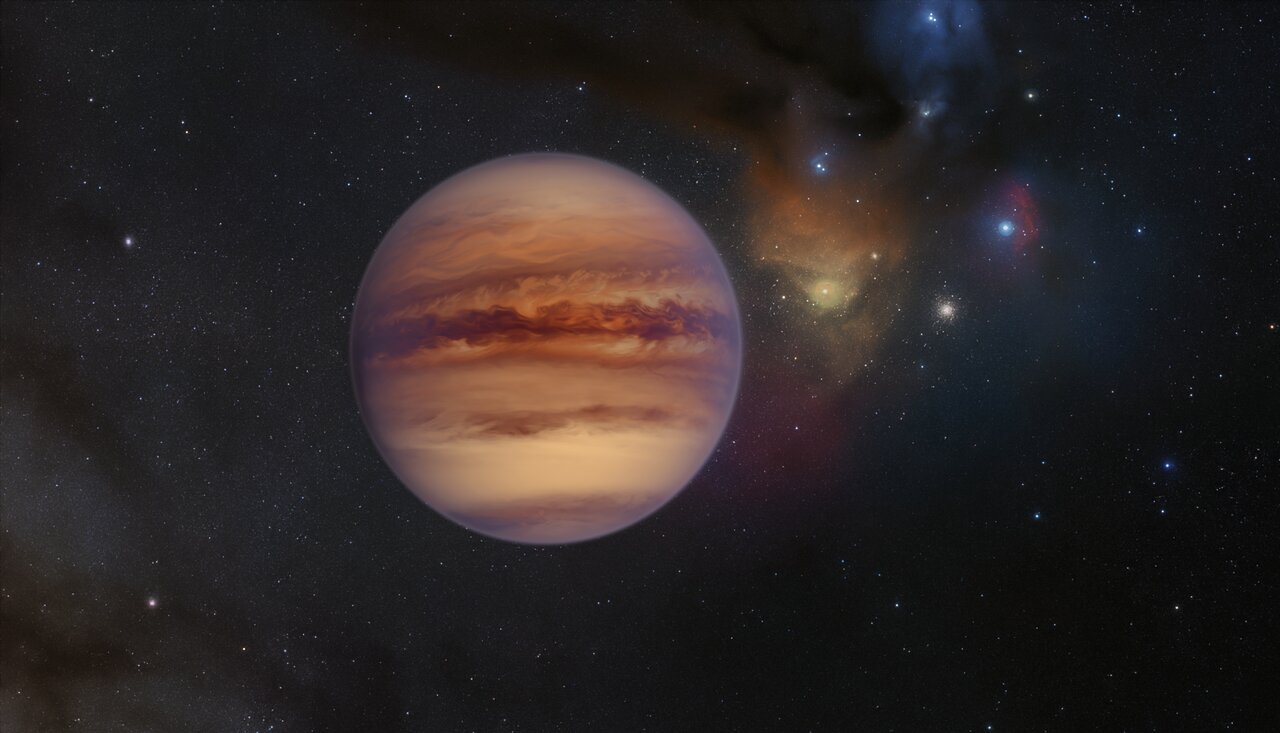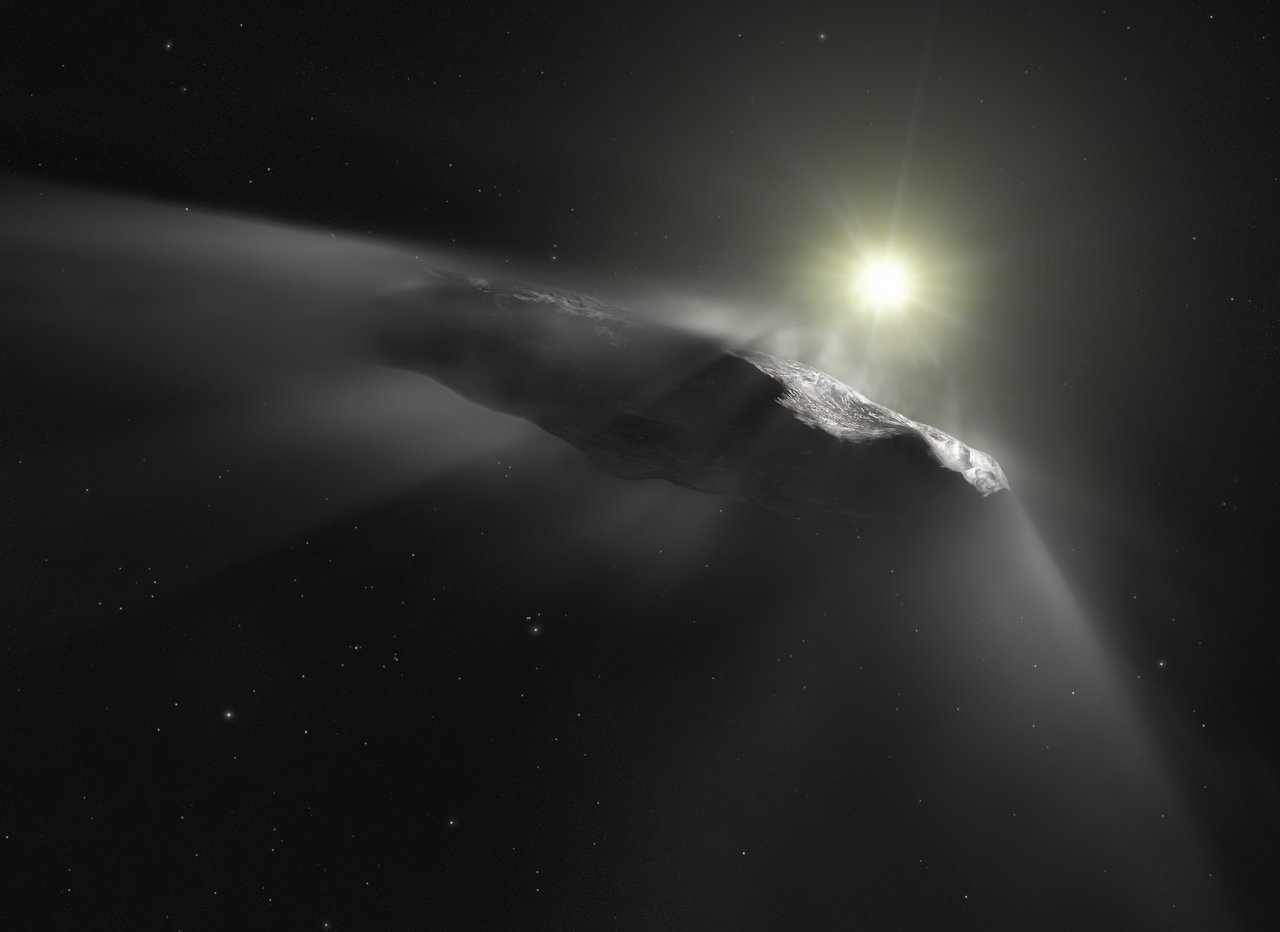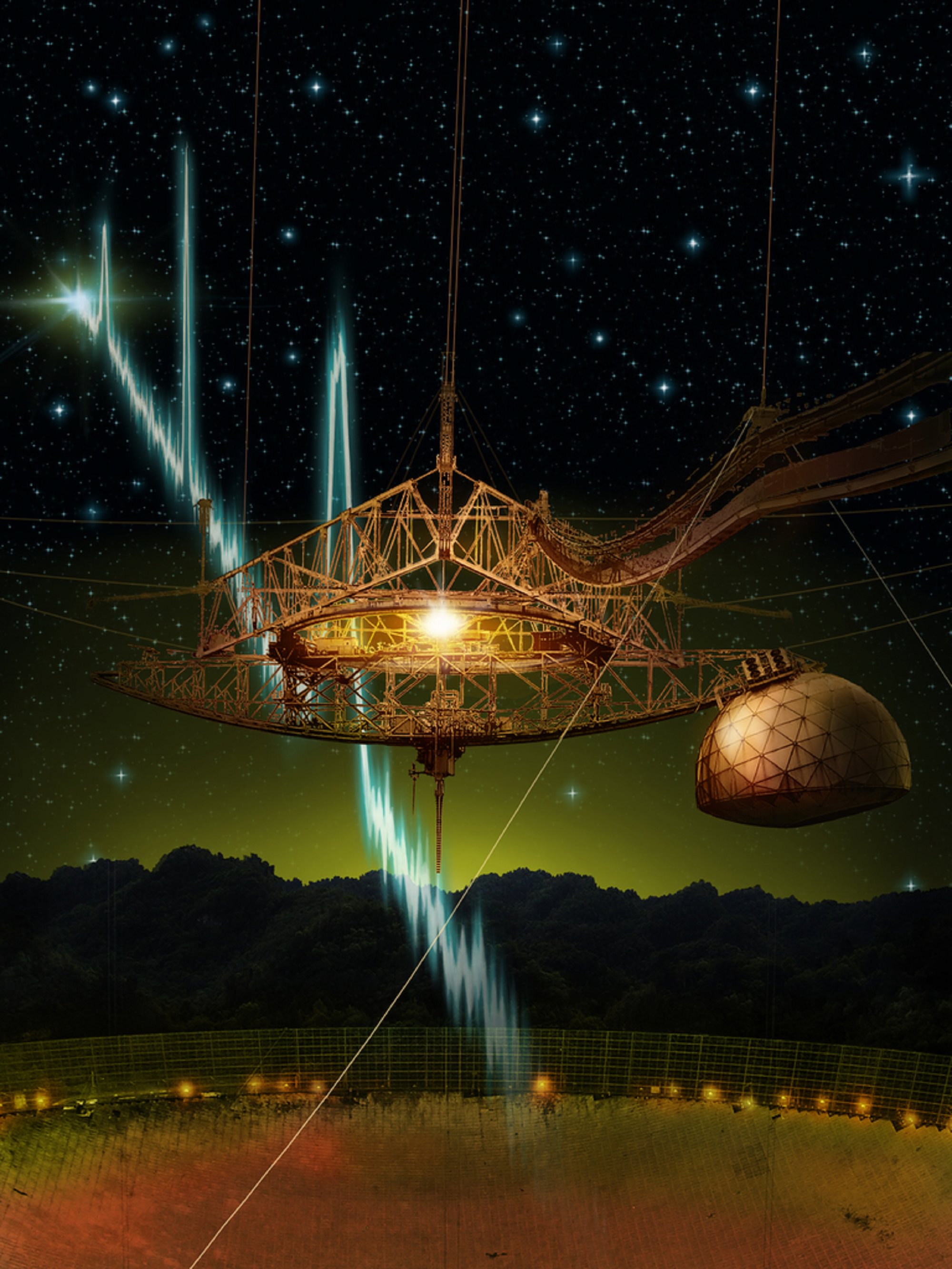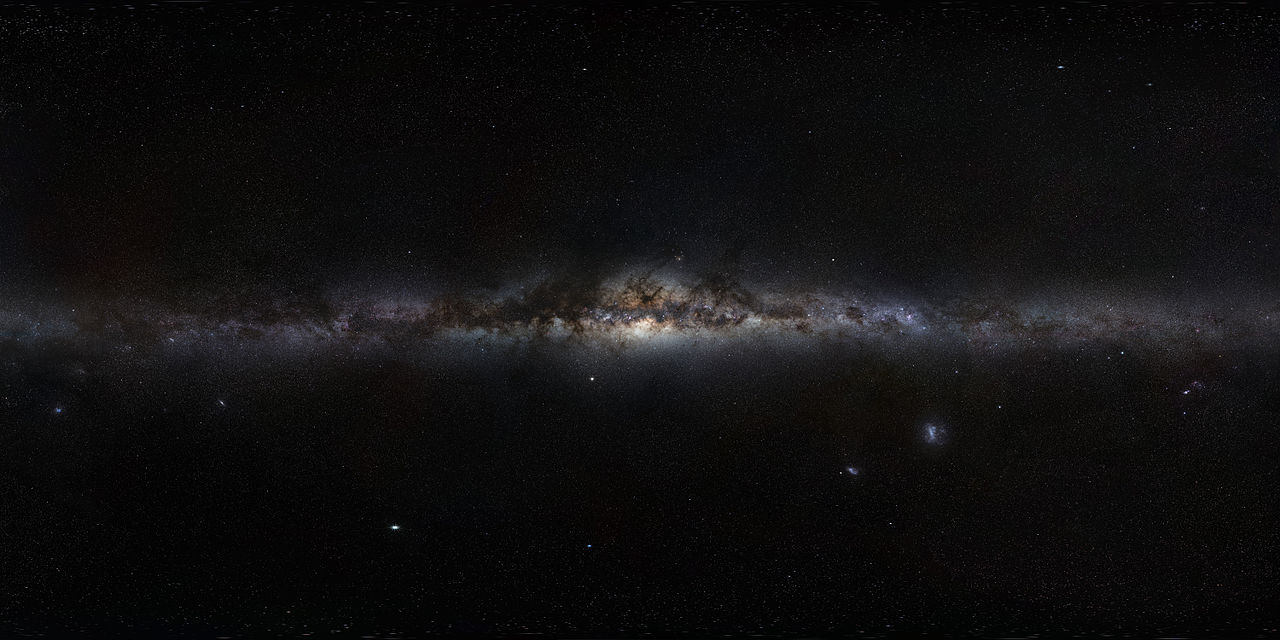At least once, you’ve looked up at the night sky and asked the same longstanding question we’ve all asked at least once, “Are we alone?” With all those points of light out there, we can’t be the only intelligent beings in the universe, right? There must be at least one technological civilization aside from us in the great vastness that we call the cosmos.
Continue reading “What if we’re truly alone?”How Should the World’s Governments Respond if We Detect an Alien Civilization?
Science fiction is the realm where people traditionally wrestle with the idea of contact with an ETI (Extraterrestrial Intelligence.) But now, those discussions are migrating from science fiction into more serious realms. Academics are going back and forth, one paper at a time, concerning the response and geopolitical fallout from potential contact with an ETI.
The discussion is interesting whether you think it’s likely or even remotely possible that humanity ever contacts an ETI. And it might tell us more about humanity than it does about an ETI.
Continue reading “How Should the World’s Governments Respond if We Detect an Alien Civilization?”Upcoming Missions Could Search for Ancient Alien Technology Within the Solar System
Over sixty years ago, the first search for extraterrestrial intelligence (SETI), known as Project Ozma, was conducted. This campaign was led by legendary astronomer Frank Drake, which relied on the 85-1 Tatel Telescope at the Green Bank Observatory in West Virginia to listen to Tau Ceti and Epsilon Eridani for any signs of radio transmissions. Since then, the field of SETI has become more sophisticated thanks to more advanced radio telescopes, improved data analysis, and international collaboration. In the coming years, SETI will also benefit from advances in exoplanet studies and next-generation instruments and surveys.
In addition to examining exoplanets for signs of technological activity (aka. “technosignatures”), there are also those who recommend that we look for them here at home. Examples include the Galileo Project, which is dedicated to studying interstellar objects (ISOs) and unidentified aerial phenomena (UAP). There’s also the Penn State Extraterrestrial Intelligence Center, a research group dedicated to advancing SETI through the search for technosignatures. In a recent paper, they explain how future SETI efforts should consider looking for extraterrestrial technology in our Solar System.
Continue reading “Upcoming Missions Could Search for Ancient Alien Technology Within the Solar System”Civilizations Don’t Even Need Space Ships to Migrate From Star System to Star System

In about 5 billion years, the Sun will leave the main sequence and become a red giant. It’ll expand and transform into a glowering, malevolent ball and consume and destroy Mercury, Venus, Earth, and probably Mars. Can humanity survive the Sun’s red giant phase? Extraterrestrial Civilizations (ETCs) may have already faced this existential threat.
Could they have survived it by migrating to another star system without the use of spaceships?
Continue reading “Civilizations Don’t Even Need Space Ships to Migrate From Star System to Star System”Maybe We Don’t Hear From Aliens Because They Choose To Go Silent
How will humanity meet its end?
That’s only a depressing question if you think that humanity will go on forever. Alas, nothing lasts forever, and if something could last forever, it probably wouldn’t be our struggling primate species.
But we’ll likely be around for a while yet, pondering things as we do. One of the things we love to ponder is: why don’t we hear from any other alien civilizations?
Continue reading “Maybe We Don’t Hear From Aliens Because They Choose To Go Silent”What is the Kardashev Scale?
Are we alone in the Universe? Could there be countless sentient life forms out there just waiting to be found? Will we meet them someday and be able to exchange knowledge? Will we even recognize them as intelligent life forms if/when we meet them, and them us? When it comes to astrobiology, the search for life in the Universe, we don’t know what to expect. Hence why all the speculation and theoretical studies into these questions are so rich and varied!
One such study was conducted by famed Soviet and Russian astrophysicist and radio astronomer Nikolai Kardashev (1932 – 2019). While considering an important question related to the Search for Extraterrestrial Intelligence (SETI) in 1964, Kardashev proposed a classification scheme for ranking a civilization’s development. This would come to be known as the Kardashev Scale, which remains one of the most influential concepts in SETI to this day.
Continue reading “What is the Kardashev Scale?”If Alien Probes are Already in the Solar System, Maybe we Could Detect Them Calling Home
It’s been seventy years since physicist Enrico Fermi asked his famous question: “Where is everybody?” And yet, the tyranny of the Fermi Paradox is still with us and will continue to be until definitive evidence of Extraterrestrial Intelligence (ETI) is found. In the meantime, scientists are forced to speculate as to why we haven’t found any yet and (more importantly) what we should be looking for. By focusing our search efforts, it is hoped that we may finally determine that we are not alone in the Universe.
In a recent study, two researchers from the University of Liège and the Massachusetts Institute of Technology (MIT) recommended that we look for evidence of transmissions from our Solar System. Based on the theory that ETIs exist and have already established a communications network in our galaxy, the team identified Wolf 359 as the best place to look for possible interstellar communications from an alien probe.
Continue reading “If Alien Probes are Already in the Solar System, Maybe we Could Detect Them Calling Home”Not Saying it was Aliens, but ‘Oumuamua Probably Wasn’t a Nitrogen Iceberg…

On October 19th, 2017, astronomers made the first-ever detection of an interstellar object (ISO) passing through our Solar System. Designated 1I/2017 U1′ Oumuamua, this object confounded astronomers who could not determine if it was an interstellar comet or an asteroid. After four years and many theories (including the controversial “ET solar sail” hypothesis), the astronomical community appeared to land on an explanation that satisfied all the observations.
The “nitrogen iceberg” theory stated that ‘Oumuamua was likely debris from a Pluto-like planet in another solar system. In their latest study, titled “The Mass Budget Necessary to Explain ‘Oumuamua as a Nitrogen Iceberg,” Amir Siraj and Prof. Avi Loeb (who proposed the ET solar sail hypothesis) offered an official counter-argument to this theory. According to their new paper, there is an extreme shortage of exo-Plutos in the galaxy to explain the detection of a nitrogen iceberg.
Continue reading “Not Saying it was Aliens, but ‘Oumuamua Probably Wasn’t a Nitrogen Iceberg…”NASA is Getting Serious About the Search for Life in the Universe
Frameworks are a valuable tool in science. They give context to sometimes abstract concepts such as “how powerful can an alien civilization be” (Kardashev scale) or “how developed is this technology?” (Technology Readiness Levels). Now, NASA has developed a new scale to help give context to what some consider one of the agency’s most critical missions – the search for extraterrestrial life.
Continue reading “NASA is Getting Serious About the Search for Life in the Universe”







